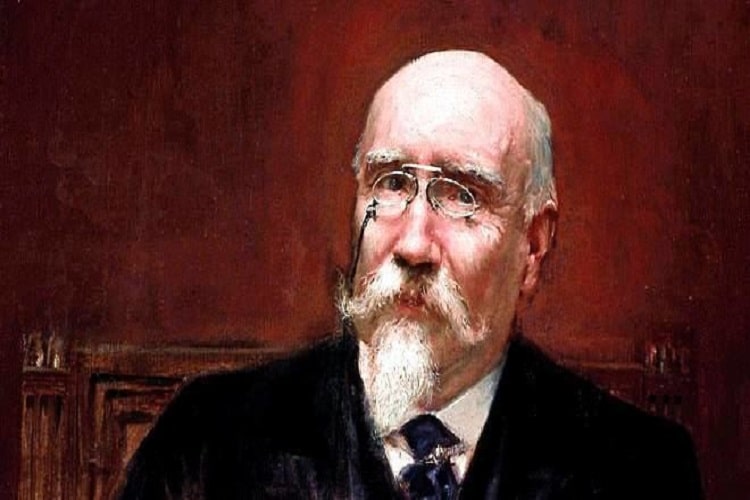José Echegaray: The Nobel Laureate of Spanish Literature

José Echegaray (19 April 1832 – 14 September 1916) was a Spanish civil engineer. In 1904, José Echegaray was awarded the Nobel Prize in Literature.
Life and Career
José Echegaray was born on 19 April 1832, in Madrid, Spain. He came from a humble background and faced many challenges during his early life. Despite these obstacles, he demonstrated a keen intellect and a passion for mathematics and science.
Echegaray studied at the Central University of Madrid, where he excelled in various subjects, including mathematics, physics, and engineering. He pursued further studies in France and Germany, deepening his knowledge of mathematics and science.
José Echegaray had a multifaceted career. He worked as a civil engineer, a professor of mathematics, and a playwright. His contributions to mathematics and engineering earned him recognition, and he became a member of the Royal Academy of Sciences. However, he is perhaps best known for his work as a playwright.
Echegaray wrote numerous plays, and he is considered one of the most important Spanish playwrights of the 19th century. One of his most famous works is “The Great Galeoto,” which explores themes of jealousy and social issues. He also had a notable role in Spanish politics, serving as a Minister of Finance and later as a Senator. José Echegaray passed away on 14 September 1916, in Madrid, Spain.
Award and Legacy
In 1904, José Echegaray was awarded the Nobel Prize in Literature. He was recognized for his achievements as a playwright, particularly for his skill in combining lofty ideals with artistic form in his dramatic works. He was the first Spanish writer to receive this prestigious honor.
José Echegaray left a lasting legacy in both the fields of literature and mathematics. His plays continue to be studied and performed, and they are considered important works in the Spanish literary canon. Additionally, his mathematical contributions, particularly in the field of differential equations, are still studied and appreciated by mathematicians today.
Observer Voice is the one stop site for National, International news, Sports, Editor’s Choice, Art/culture contents, Quotes and much more. We also cover historical contents. Historical contents includes World History, Indian History, and what happened today. The website also covers Entertainment across the India and World.

